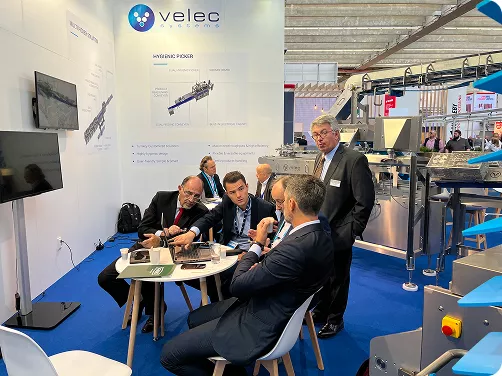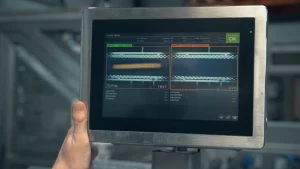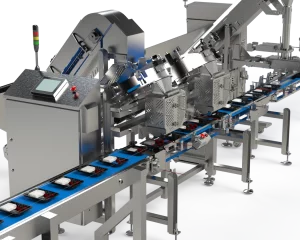Comprehensive Guide on Hygienic Design for Food Filling Systems (Contd.)

In 2007, Peanut Corporation of America faced one of the largest food recalls of all times. They recalled over 3,200 products, and eventually filed for bankruptcy. The virulent salmonella strain that contaminated their products led to 8 deaths and 600 people were ill across 46 states in the US and Canada.
Why Invest in Sanitary Machine Design?
From the surface design and materials compatibility, to cleaning accessibility and draining facilities, sanitation-friendly food equipment include all the features that prevent contamination, and aid hygiene. Sanitary machine design is not only a prerequisite for food safety, but it also offers a number of other benefits to your business:
- Lower Operating Costs: Sanitary design equipment and facilities clean faster, require fewer chemical cleaning agents, and demand less labor. Their wastewater treatment requirements are also low.
- Higher Productivity: Well-designed, sanitation-friendly machines operate in a manner that reduces scrap and improves yield, allowing you to optimize your resources, increase asset utilization, and improve productivity.
- Improved Personnel Safety: Sanitary design equipment pays a great deal of attention to accessibility for cleaning, maintenance, and inspection purposes. Since it tries to make every part of the machine convenient to disassemble or reintegrate, there is also a sharp focus on reducing any operational hazards. This in turn promises greater personnel safety.
- Protection for Your Brand Reputation: Sound sanitation minimizes the possibility of food contamination, helping you deliver consistently good quality products, and protecting your business from any potential brand erosion.
Investing in Sanitary Equipment Design
Here are some aspects to keep in mind while investing in sanitary machine design for your food filling systems and other equipment:
- Terminology for Making Enquiries: Many of us tend to use the words ‘sanitary design’ and ‘food-grade equipment’ interchangeably. However, ‘food-grade’ may mean different things in the context of equipment construction. To avoid confusion, make enquiries for ‘sanitary machine design’ or ‘sanitary design equipment’.
- Pricing: Depending on the type of machines you need and the standards you choose to adhere to, the price of equipment could be vastly different. For example, a machine that lists itself as ‘stainless steel commercial’ usually means that it features stainless steel construction or components, instead of normal carbon steel. However, such a machine may not necessarily be compliant with your required sanitary design standard. While stainless steel equipment will cost about 25% more than the carbon steel products, sanitary design equipment will probably cost double that of stainless steel ones.
- Evaluation Criteria: While evaluating and shortlisting the equipment, ensure that:
– The food contact surfaces are smooth, non-toxic, impervious surfaces, free of any sharp corners or crevices.
– The equipment components are easy to disassemble for cleaning, maintenance and inspections.
– The equipment features, particularly in food filling solutions, include adequate ventilation and self-draining facilities, in order to prevent formation of condensation, odor, or mold.
– The equipment conforms to the standards stated by the various domestic and international regulatory bodies that are applicable to your industry.
Boost Your Production Quality with Multi-Fill’s Sanitary Design Filling Machines
Multi-Fill’s state-of-the-art volumetric filling machines and batch feed systems offer the best of sanitary design elements. Not only are our machines extremely easy to clean and disassemble, they prevent products or materials from accumulating food on the contact surfaces, minimizing the possibilities of food contamination.



